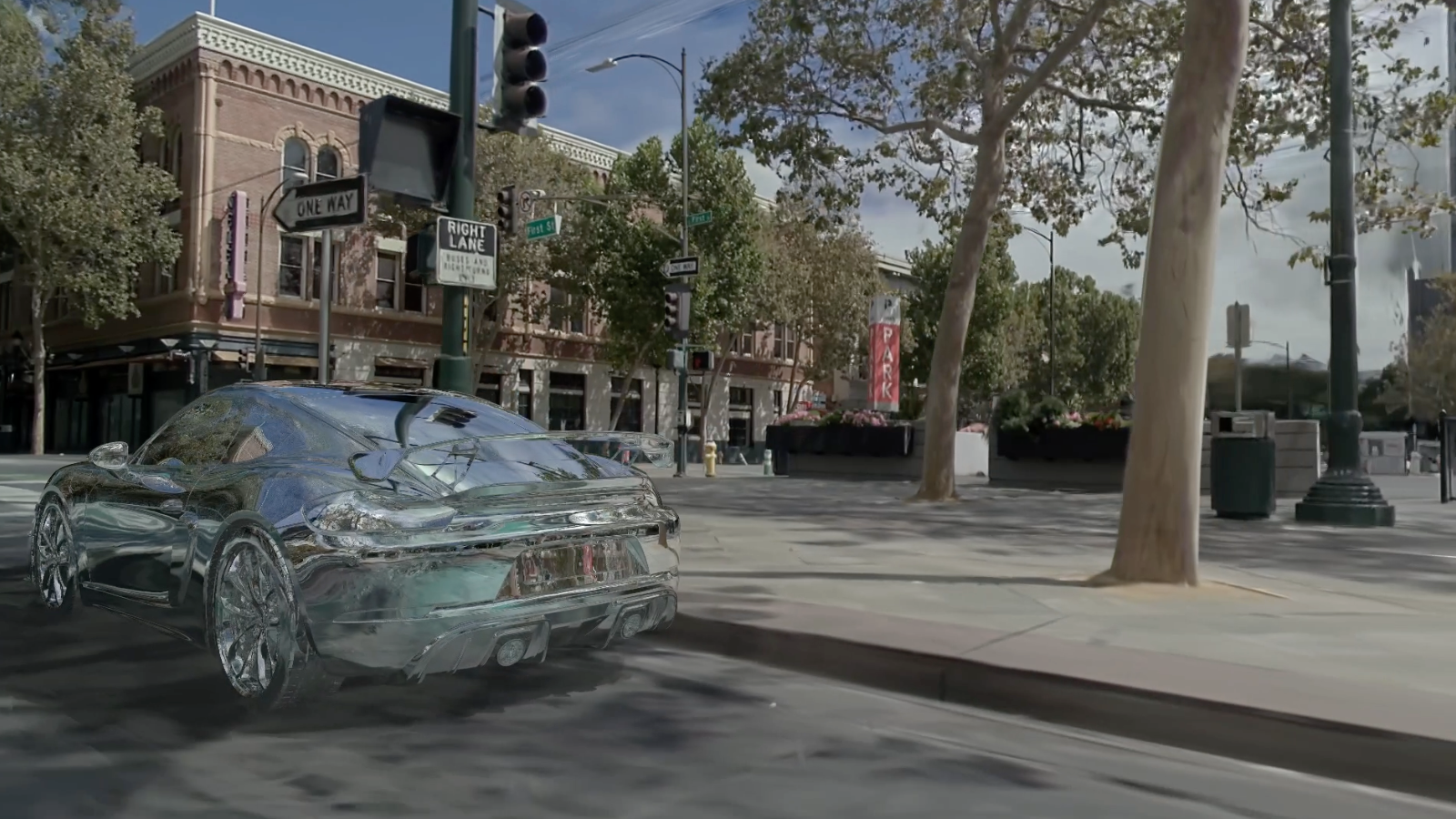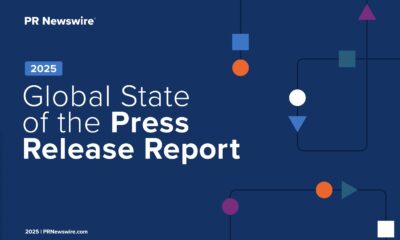Top Stories
Nvidia Unveils ‘Graphics 3.0’ to Transform Physical AI Productivity

Nvidia has introduced a groundbreaking concept known as “Graphics 3.0,” which aims to leverage AI-generated graphics to enhance productivity in factories and warehouses. This initiative, announced at the SIGGRAPH 2025 conference in Vancouver, BC, seeks to integrate generative AI tools into the physical realm, improving how robots are trained and how tasks are automated.
During the keynote, Ming-Yu Liu, vice president of research at Nvidia, emphasized the potential of AI-generated graphics to revolutionize industries. He stated, “We believe we are now in Graphics 3.0…being superpowered by AI.” By focusing on graphics created by AI rather than humans, Nvidia aims to create a more efficient training process for robots and automation systems.
The vision for Graphics 3.0 extends beyond mere graphic creation. It encompasses various applications, such as enabling AI to manage robots, traffic systems, home appliances, and even autonomous vehicles. Jensen Huang, the CEO of Nvidia, highlighted the transformative potential of this technology, noting that robots could redefine work in settings like agriculture, factories, and warehouses through advanced automation.
Creating Graphics 3.0 poses distinct challenges, particularly as physical AI relies on pixel data that is less accessible than the textual data used in virtual AI applications. Huang explained that while robots learn from experience, real-world training is often slow and costly. To address this, Nvidia is developing synthetic data by simulating virtual environments, allowing for more effective training of robots and autonomous systems.
Advancements in AI Training and Simulation
Nvidia is focusing on creating AI models and simulation tools that can generate the necessary pixels for training physical devices. Aaron Lefohn, vice president of research at Nvidia’s real-time graphics lab, explained the need for innovative tools that enable artists to conceptualize and create at a much faster pace. “We need to invent completely new tools so that artists can conceptualize, create, and iterate orders of magnitude more quickly than they can today,” he said during the keynote.
The company also introduced its Cosmos AI models, designed to equip robots with the ability to take commands, sense their environment, reason, plan, and execute tasks. Sonia Fidler, vice president of research at Nvidia’s spatial intelligence lab, pointed out that traditional trial and error methods in training physical AI systems are not scalable due to safety and cost concerns. For instance, autonomous vehicles are being trained in virtual environments to avoid the impracticality of real-world crash testing.
Nvidia’s newly announced Omniverse NuRec further enhances this approach by transforming real-world sensor data into interactive simulations for robot training. This tool enables the construction, simulation, and rendering of detailed 3D digital environments, utilizing 2D data from cameras and sensors to create realistic virtual worlds.
Innovating Realism in Graphics
The company also unveiled AI material-generation tools aimed at creating more realistic graphics with intricate visual details, including reflectivity and surface textures. Lefohn noted that 3D experts and engineers can interact with AI assistants using straightforward language to communicate their needs, simplifying the creative process.
Despite these advancements, Fidler cautioned that achieving perfect visual understanding remains a challenge due to ambiguities in data interpretation. “It is very important to stress here that visual understanding is not perfect and because of different ambiguities it’s hard to perfect,” she explained.
Nvidia’s commitment to integrating AI-generated graphics into the physical world marks a significant step toward reshaping industries. By enhancing productivity through innovative training methods and realistic simulations, the company is poised to lead the way in the future of AI and robotics.
-

 World1 week ago
World1 week agoPrivate Funeral Held for Dean Field and His Three Children
-

 Top Stories2 weeks ago
Top Stories2 weeks agoFuneral Planned for Field Siblings After Tragic House Fire
-

 Sports3 months ago
Sports3 months agoNetball New Zealand Stands Down Dame Noeline Taurua for Series
-

 Entertainment3 months ago
Entertainment3 months agoTributes Pour In for Lachlan Rofe, Reality Star, Dead at 47
-

 Entertainment2 months ago
Entertainment2 months agoNew ‘Maverick’ Chaser Joins Beat the Chasers Season Finale
-

 Sports3 months ago
Sports3 months agoSilver Ferns Legend Laura Langman Criticizes Team’s Attitude
-

 Sports1 month ago
Sports1 month agoEli Katoa Rushed to Hospital After Sideline Incident During Match
-

 World2 weeks ago
World2 weeks agoInvestigation Underway in Tragic Sanson House Fire Involving Family
-

 Politics2 months ago
Politics2 months agoNetball NZ Calls for Respect Amid Dame Taurua’s Standoff
-

 Top Stories2 weeks ago
Top Stories2 weeks agoShock and Grief Follow Tragic Family Deaths in New Zealand
-

 Entertainment3 months ago
Entertainment3 months agoKhloe Kardashian Embraces Innovative Stem Cell Therapy in Mexico
-

 World4 months ago
World4 months agoPolice Arrest Multiple Individuals During Funeral for Zain Taikato-Fox





















